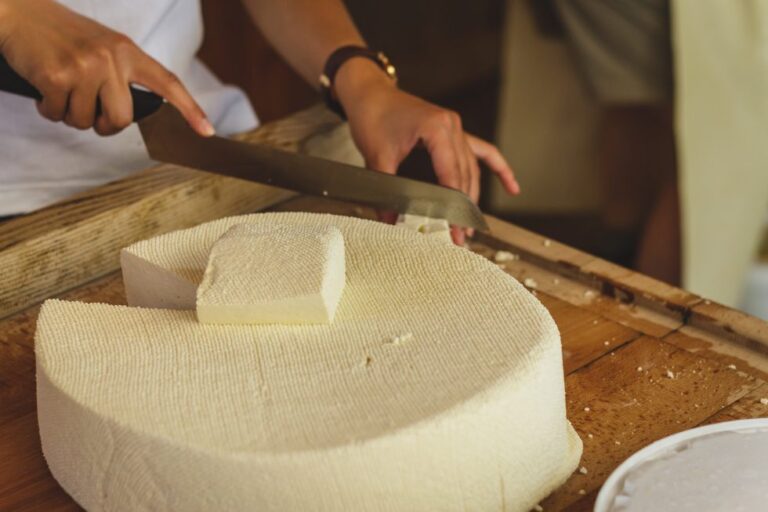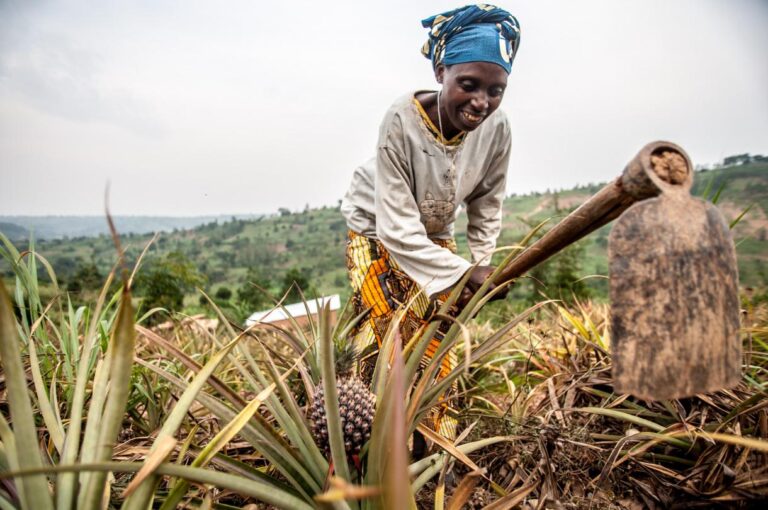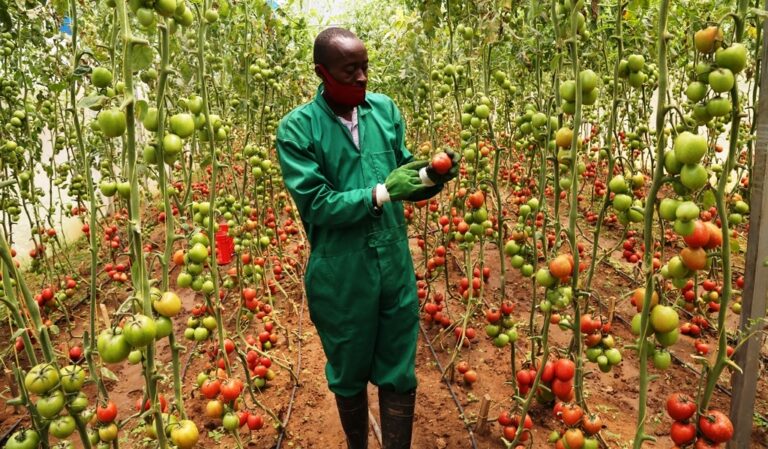Vegetables
Introduction
We propose to start a plantation of fruits and vegetables in the rural area of [Location]. Our aim is to provide fresh and organic produce to the local market and promote healthy eating habits. The business will require an initial investment of [Investment Amount] and will generate revenue through the sale of produce to local retailers, restaurants, and farmers’ markets. We expect to break even within [Break-even Time] and achieve profitability within [Profitability Time]. Our long-term goal is to expand our product range and become a major supplier in the region.

Market Analysis:
The demand for fresh and organic produce is on the rise, and consumers are increasingly concerned about the health benefits of the food they eat. Local retailers, restaurants, and farmers’ markets are looking for reliable suppliers of high-quality fruits and vegetables to meet this growing demand. Our plantation will cater to this market by providing fresh, organic, and locally grown produce at competitive prices.
Product Line:
Our plantation will focus on growing a variety of fruits and vegetables, including tomatoes, cucumbers, peppers, eggplants, melons, berries, and citrus fruits. We will use sustainable farming practices and organic fertilizers to ensure that our produce is of the highest quality and free of harmful chemicals. We will also experiment with growing new varieties of fruits and vegetables based on customer demand and market trends.
Marketing and Sales:
Our marketing strategy will focus on building relationships with local retailers, restaurants, and farmers’ markets. We will attend local events and participate in community outreach programs to raise awareness about our products and brand. We will also leverage social media platforms to promote our produce and connect with potential customers. Our sales team will work closely with our customers to understand their needs and provide them with tailored solutions.
Operations:
Our plantation will be located on [Land Area] acres of land and will have [Number of Greenhouses/Tunnels] greenhouses/tunnels to ensure year-round production. We will hire experienced farmers to manage the day-to-day operations of the plantation and ensure that our crops are healthy and productive. We will also invest in modern farming equipment and irrigation systems to optimize our farming processes and reduce waste.
Financial Plan:
Our initial investment will be used to purchase the land, build the greenhouses/tunnels, purchase farming equipment, and cover operating expenses for the first year. We expect to generate revenue of [Revenue] in the first year and project revenue growth of [Revenue Growth] in subsequent years. Our net profit margin is projected to be [Net Profit Margin]% in the first year, increasing to [Net Profit Margin Growth]% in subsequent years. We plan to reinvest a portion of our profits into expanding our product line and increasing our production capacity.
Conclusion:
The plantation of fruits and vegetables is a promising business opportunity that aligns with the growing demand for fresh and organic produce. We are confident that our sustainable farming practices, high-quality produce, and customer-focused approach will enable us to succeed in this market. With the right investments and strategic partnerships, we believe that our business has the potential to become a major supplier in the region and create meaningful impact in our community.
here’s an example profit and loss statement of the above business
| Year 1 | Year 2 | Year 3 | |
| Revenue | $250,000 | $300,000 | $350,000 |
| Cost of Goods Sold | $100,000 | $120,000 | $140,000 |
| Gross Profit | $150,000 | $180,000 | $210,000 |
| Operating Expenses | $80,000 | $90,000 | $100,000 |
| Net Profit | $70,000 | $90,000 | $110,000 |
This table shows the projected revenue, cost of goods sold, gross profit, operating expenses, and net profit for the first three years of the business. In this hypothetical scenario, the business is expected to generate $250,000 in revenue in the first year and increase revenue by $50,000 each subsequent year. The cost of goods sold is expected to be 40% of revenue, and the gross profit is calculated by subtracting the cost of goods sold from the revenue.
Operating expenses are expected to be $80,000 in the first year and increase by $10,000 each subsequent year. This includes expenses such as rent, utilities, labor costs, and marketing expenses. The net profit is calculated by subtracting the operating expenses from the gross profit.
It’s important to note that these numbers are hypothetical and may not reflect the actual financial performance of a real business. The actual financial performance of a business depends on a variety of factors, including market conditions, competition, and management decisions.







